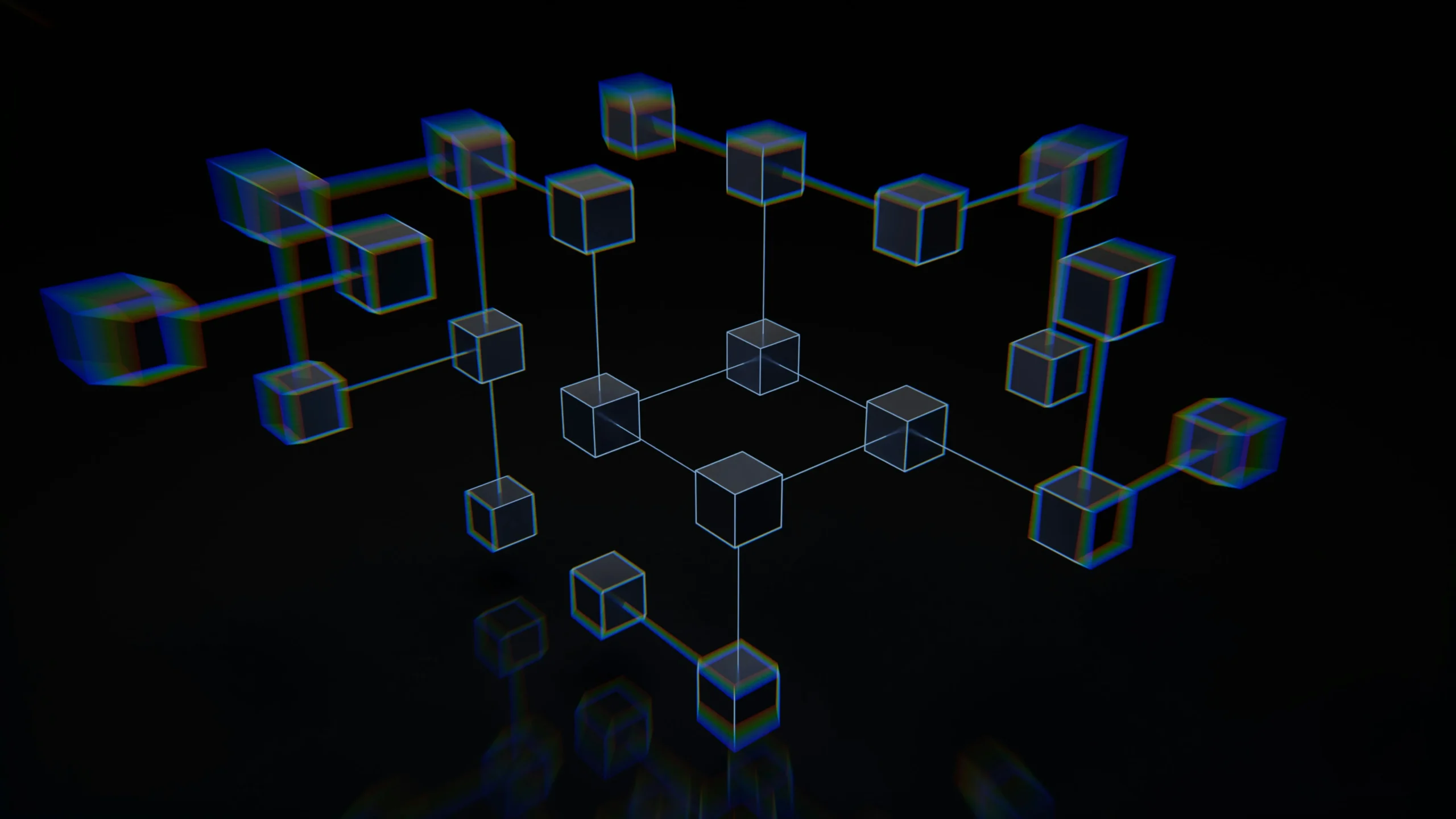By: Daniel Gutwein
In the early days of incubating the N50 Project, I found myself on a call with the CEO of a large mobile operator. I was jabbering about our new effort to “connect the unconnected” when he reached behind his desk, pulled out a sat phone, and asked me, “is connectivity really the problem?” Think about it, if you had the means to do so and a clear view of the sky, is there a place on the planet that you couldn’t at least make a phone call?
With the help of our friends at the GSMA, we started digging into this problem a bit more. According to the GSMA, there are now 3.8B people using mobile Internet, and the coverage gap is now less than 600M people (GSMA Mobility Report, 2020). While 600M is still a vast connectivity issue, the real problem is that there are still 3.4B people who live in a coverage area but do not connect. It’s a usage or participation gap, not a connectivity gap. We can extend all the networks in the world and pepper people with devices, but if digital literacy and human-enriching applications are not there, the gap will remain.
The focus on participation is helping the N50 Project drill in on the real reason people aren’t connecting. The real reason for the digital divide points to a lack of awareness (what do we do with the Internet?), lack of literacy and digital literacy (how do we use it?), and affordability (is there value for me to pay?). These issues and related questions have shaped the N50 Project hypothesis, which (paraphrasing) states that if people know how to use the digital world (digital literacy), have human-enriching applications at affordable cost, they will begin exploring the digital world, and the participation gap will decrease.
Our methodology is no secret. First, we work with the local communities to have them tell us what information is essential \(human-enriching) to them, and then we look to onboard N50 partners to help provide these applications. In almost every instance, applications begin with education and healthcare and then expand to agriculture, current events, and others. We’re also doing some unique network designs to ensure these applications are low-cost for the community (more in a later blog)—we bumper these applications with digital literacy skills and devices in every case.

And doesn’t this make sense? Think about it. All of us in the developed world began our journey to digital literacy in a very similar way. I’ll date myself here, but in 1995 I was at a leadership conference with my then employer, AT&T. At the conference, we were asked to go back to our homes and offices and immediately start exploring this thing called the Internet. It was “going to be huge,” and we were tasked with finding out everything we could to become experts with the Internet. And if you’re like me, you started your digital world journey for free. We loaded the free 100 hours of America Online (AOL) or CompuServe and perused the Internet. And when our 100 hours ran out, we went to another store, found another disk, loaded it, set up a new account, and explored more. We agreed to pay $19.95 per month for service when we felt it added value, probably after more than a handful of free disks. Why then do we expect others to journey differently?
The world will someday see the value, but we need to provide the applications that enrich their lives as they define it (education/healthcare) for low cost and teach them how to extract value. This is why it’s critical for the N50 Project to have partners that have these applications. If you’re a doubter about whether or not this is good business, stick with me as we’ll discuss this in a later blog. As of this writing, we have over 50 partners, are adding more daily, and we officially launched just a week ago.
Over the next few weeks, I’ll share more on our partners as they do the hard stuff and are the real heroes. In the meantime, If you provide an application in education, healthcare, agriculture, fintech, current events, and others, look at our partner page, click the JOIN button and jump on the movement. If you can help with networking or devices, click the JOIN button and jump on the movement. Let me be the first to welcome you to the team; we’re happy you’re here, as we can’t do this without you.
